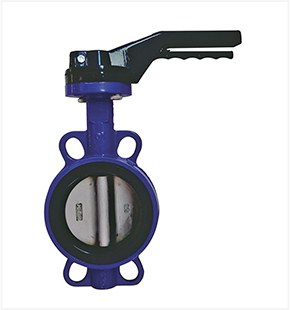Dec . 09, 2024 19:44 Back to list
Flanged Ball Valve Types and Applications in Industrial Systems
Understanding Ball Valve Flange Types A Comprehensive Guide
Ball valves are essential components in various piping systems used across different industries, including water treatment, oil and gas, chemical processing, and more. Among the various configuration choices for ball valves, flange types are particularly noteworthy due to their ease of installation and reliability. This article will explore the different aspects of ball valve flange types, including their design, advantages, applications, and maintenance considerations.
What Are Flanged Ball Valves?
Flanged ball valves are equipped with flanges on either or both ends of the valve body. These flanges allow the valve to be connected directly to the corresponding piping system using bolts, providing a robust and secure joint. The main components include the valve body, ball, stem, seat, and the flange itself. Valves can have either raised faces or flat faces depending on the design and requirements of the application.
Key Design Features
1. Material Flanged ball valves are available in various materials, including stainless steel, carbon steel, and brass, each chosen based on the operating conditions such as pressure, temperature, and the nature of the fluid involved.
2. Bore Size The bore size— which can be full-bore or reduced-bore— affects flow capacity. Full-bore valves have a diameter that matches the pipe, minimizing pressure loss. Reduced-bore valves, while potentially causing more turbulence, are often used in applications where space is limited.
3. Sealing Mechanism The sealing capability is crucial for preventing leaks. Flanged ball valves typically use PTFE (Polytetrafluoroethylene) seals among other materials to ensure tight sealing. Over time, however, these seals may require replacement to maintain effective operation.
4. Pressure Ratings Flanged ball valves come in various pressure ratings, categorized using ANSI (American National Standards Institute) standards. Common ratings include ANSI 150, 300, and 600, indicating the maximum allowable pressure.
Advantages of Flanged Ball Valves
1. Ease of Installation The flanged design allows for straightforward installation and disassembly. This is especially beneficial for maintenance operations, as there is no need to disturb the pipes during valve replacement.
2. Robustness The use of flanges provides a solid connection that is less susceptible to mechanical failure compared to other types of joints, such as threaded or welded connections.
3. Versatility Flanged ball valves are suitable for a wide range of applications, from low-pressure water systems to high-pressure gas lines. They can effectively handle different fluid types, including corrosive and viscous substances.
ball valve flange type

Applications of Flanged Ball Valves
Flanged ball valves are prominently used in
- Water Treatment Plants For controlling the flow of water in purification and filtration systems. - Oil and Gas Industries To manage the flow of hydrocarbons and maintain system integrity under high pressure. - Chemical Processing Where the handling of corrosive chemicals requires robust materials and dependable sealing. - HVAC Systems For regulating water flow in heating and cooling systems.
Maintenance Considerations
To ensure optimal performance of flanged ball valves, regular maintenance is essential. Some critical aspects include
- Inspection Frequent checks for leaks around the flanges and seals should be conducted. This is particularly crucial in high-pressure applications where leaking can lead to catastrophic failures.
- Lubrication The valve stem may require periodic lubrication to ensure smooth operation, especially after prolonged periods of inactivity.
- Seal Replacement Depending on the usage, seals may wear down over time and should be replaced as necessary to maintain performance and prevent leaks.
- Corrosion Protection In environments where corrosion is a concern, extra protective measures, including coatings or the use of corrosion-resistant materials, should be considered.
Conclusion
Flanged ball valves are a vital solution in numerous industrial applications due to their robust design, ease of installation, and operational reliability. Understanding the various characteristics and advantages allows engineers and operators to select the right type for specific applications and maintain these systems efficiently. By prioritizing proper maintenance and selection based on operational conditions, facilities can ensure the longevity and effective performance of their flanged ball valves.
Share
-
Advanced Technology in Wire and Cable FactoryNewsAug.19,2025
-
Applications of Ball Check Valve in Water Treatment PlantsNewsAug.19,2025
-
How Osy Gate Valve Ensures Leak - Tight SealingNewsAug.19,2025
-
Selection Criteria for Wafer Type Butterfly ValveNewsAug.19,2025
-
Threaded Ball Valve Pressure RatingsNewsAug.19,2025
-
Y Strainer PN16 Cost - Effectiveness AnalysisNewsAug.19,2025


